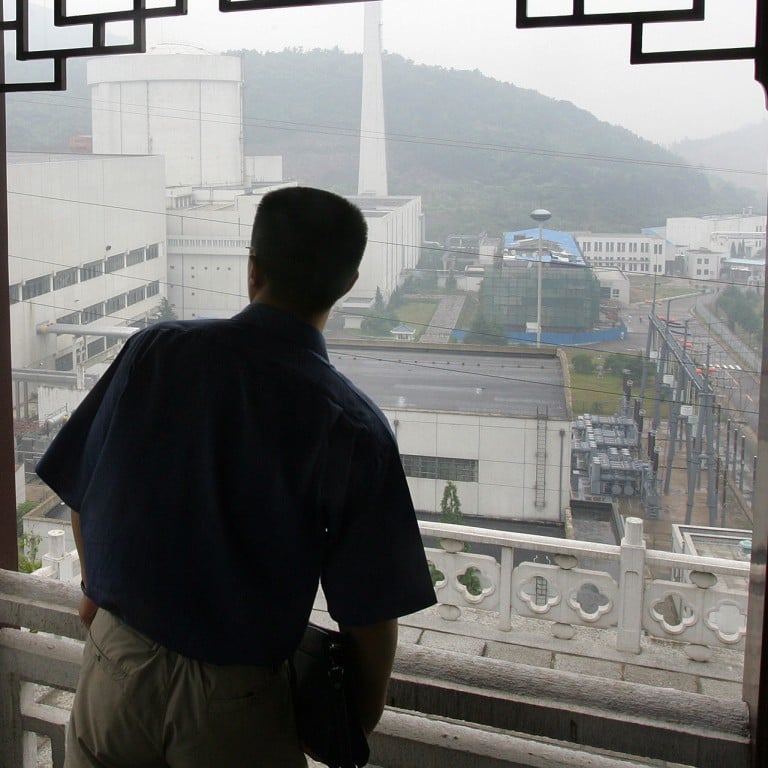
Going nuclear: how Asia is leading the zero-emission power push
- As more countries seek long-term energy security and ways to meet their net zero goals, nuclear power is making a comeback
- Asia is at the forefront of this nuclear resurgence as countries respond to inflated fossil fuel prices and rising demand for power among growing populations
Of all the nuclear projects under construction globally, 64 per cent are in Asia. Reactors in China, India, South Korea and Japan represent most of the new builds within the region, and there is ample room to grow. In 2019, nuclear represented about 5 per cent of the power mix in Asia – far below Europe, where nuclear generates almost a quarter of the region’s power, or the nearly 20 per cent in the United States.
In China, one of the world’s largest producers of renewable energy, regulators have approved 16 new nuclear reactor units in the past year. This translates to an additional aggregated capacity of about 16.5GW, or 231 billion yuan (US$32.4 billion) of investment, according to JPMorgan estimates.
The fact India has one of the world’s largest thorium reserves, which can be converted to uranium in the last of a three-stage nuclear programme, provides an additional energy security bonus. This helps reduce the country’s heavy reliance on fossil fuel imports.
Recently, though, the profile of nuclear energy appears to have come to the fore with both Japan and South Korea reversing long-held strategies to phase out the technology.
Seoul is now seeking a balanced mix of power generation that will include nuclear as well as renewables. Construction on existing nuclear projects has resumed. The government is also considering building new plants, adding to those that were previously approved.
In Japan, the government has said that nuclear energy will play “an important role as a carbon-free baseload energy source in achieving supply stability and carbon neutrality”. In May, the national legislature passed the GX Decarbonisation Power Supply Bill, which includes an extension allowing nuclear power plants to continue operating more than 60 years after coming online.
That said, social acceptance of nuclear power remains a key barrier to widespread deployment. The debates and social backlash around the release of waste water from Fukushima earlier this year highlight how influential public opinion can be in driving the debate around nuclear power, and it cannot be ignored.
However, with the inclusion of nuclear into the European taxonomy of green activities last year and its place on similar green lists for South Korea and elsewhere, nuclear power does seem to have moved into more plausible territory.
Hannah L. Lee is head of Asia-Pacific ESG equity research at J.P. Morgan
Alan Hon is J.P. Morgan’s head of Asia power, utilities and renewables research



